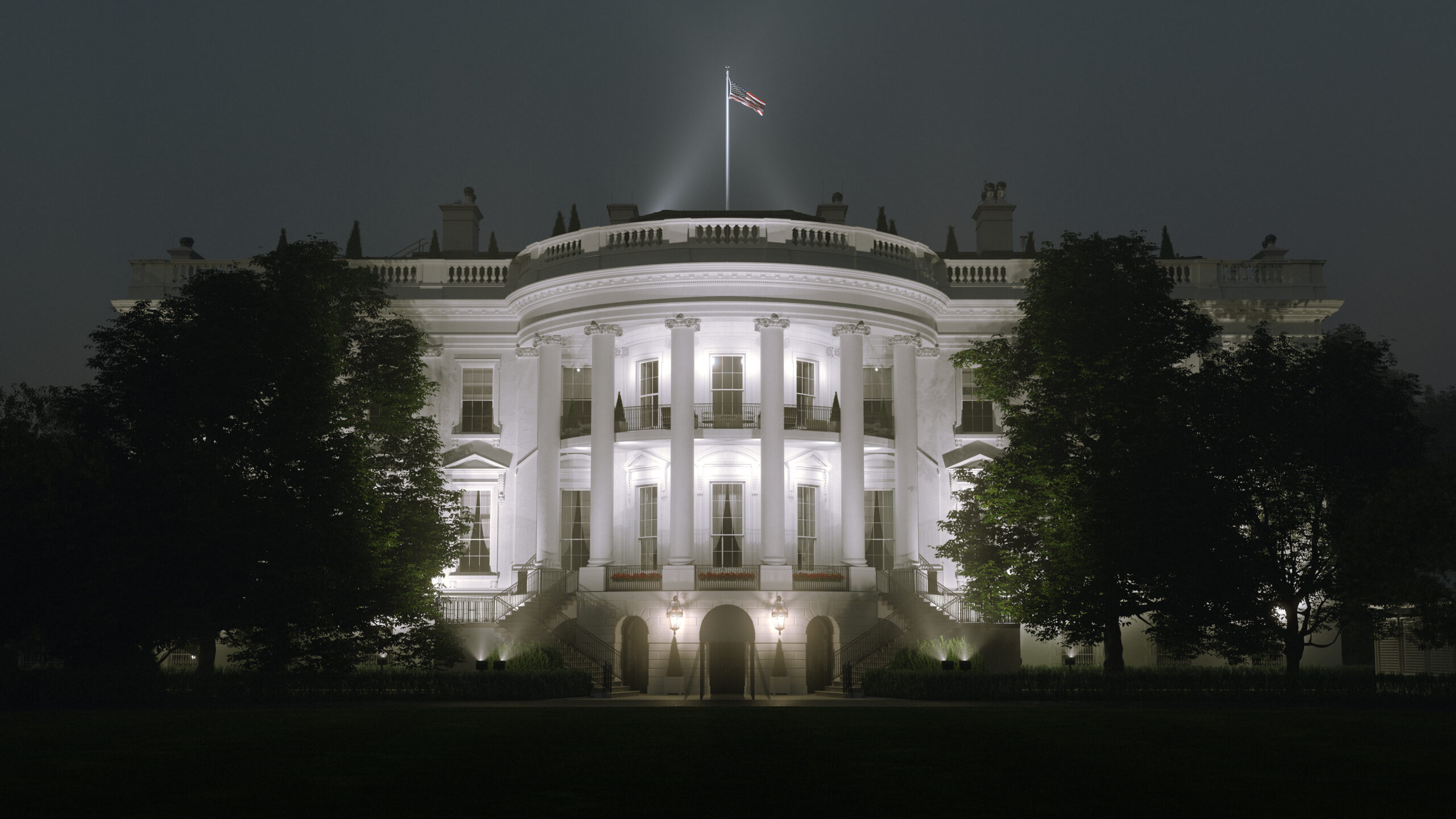Coke versus Pepsi. Apple versus PCs. Michigan versus the world. Challenger brands often use adversaries to help define themselves against leading brands. The spirit of the underdog is ingrained in American culture and there are numerous studies that have explored its genesis and effects.
Currently, 36.8 million Americans have “some college, no degree,” and student loan debt in America has reached a staggering $1.753 trillion. These statistics create the perception of a higher education system that is failing many Americans. The overarching narrative this data provides is one of disillusionment and systemic inefficiencies. Challenger brands create empathy and cohesion with people by highlighting commonalities versus the prevailing leaders.
In the 2024 US election, the challenging Republican party has positioned higher education as an adversary. This sentiment is echoed in Vice Presidential candidate JD Vance’s speech at the 2021 National Conservatism Conference titled, “The Universities are the Enemy,” and The Heritage Foundation’s Project 2025, which calls for eliminating the Department of Education (ED). The recent failures of ED to successfully navigate the new FAFSA rollout have not helped the department defend itself.
For a long time higher education institutions benefitted from a collective wisdom that a college degree provided better outcomes to graduates than just a high school education. While the statistics still bear this out, the perceptions do not – “only 22% of adults say the cost of college is worth it if it means taking on education debt” a separate Pew Research Center survey found.
Like any “one size fits all” solution, there are individuals who are not going to be happy or benefit from the one size. Regardless of the winner of the 2024 US election, higher education institutions need to better define their products and their benefits to the American public. One of the greatest benefits of a market economy is innovation. The American higher education industry needs to embrace this challenge to continue to innovate.
Enhancing the Argument with Additional Context
- Value of a College Degree:
- Studies consistently show that a college degree leads to higher lifetime earnings. According to the Association of Public and Land-grant Universities (APLU), college graduates earn significantly more over their lifetimes compared to those with only a high school diploma.
- The number of good jobs will grow substantially by 2031, and the majority of them will require at least a four-year degree, Georgetown University’s Center on Education and the Workforce predicted in a new report in August 2024. Researchers expect the number of good jobs for workers with a bachelor’s degree or higher to increase by over 15 million from 2021 to 2031, according to the report. It defines good jobs as those offering a minimum of $43,000 per year and a median annual salary of $74,000 in 2022 dollars for workers aged 25 to 44. Meanwhile, the center predicted that the good jobs available to workers with a high school diploma or less will decline by almost 600,000 during that period.
- Perception vs. Reality:
- Despite the economic benefits, the perception of college’s value has diminished. This is partly due to the high cost of education and the significant debt burden many students face. A recent Pew Research Center survey found that only 22% of adults believe the cost of college is worth it if it means taking on debt.
- Embracing Innovation:
- Higher education institutions must innovate to remain relevant. This includes adopting new technologies and pedagogical approaches, such as AI in admissions and competency-based education, to meet the evolving needs of students and the job market.
Higher education’s role in the upcoming US election underscores the need for systemic change and innovation within the sector. Institutions must redefine their value propositions, focusing on clear communication of benefits, embracing technological advancements, and addressing mental health issues to meet the needs of today’s students. By doing so, they can maintain their relevance, continue to provide valuable education to the American public and continue being the engine of economic growth and individual success.
